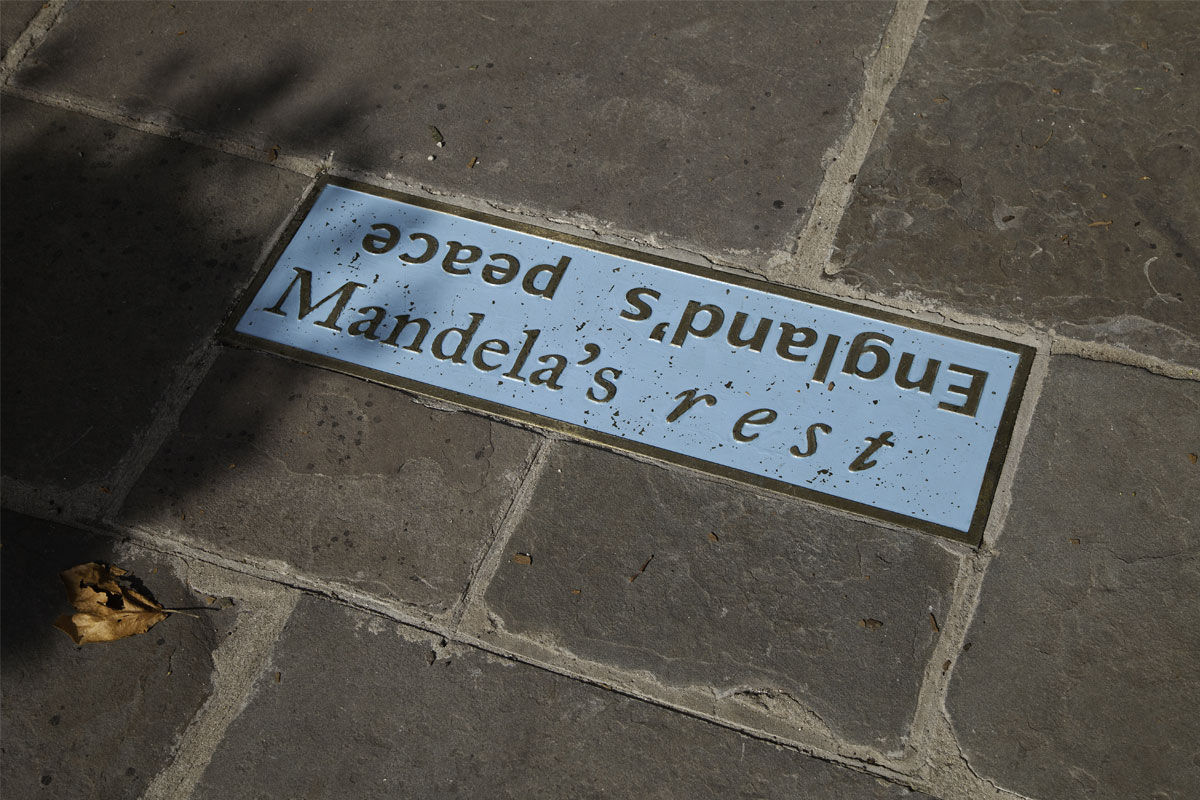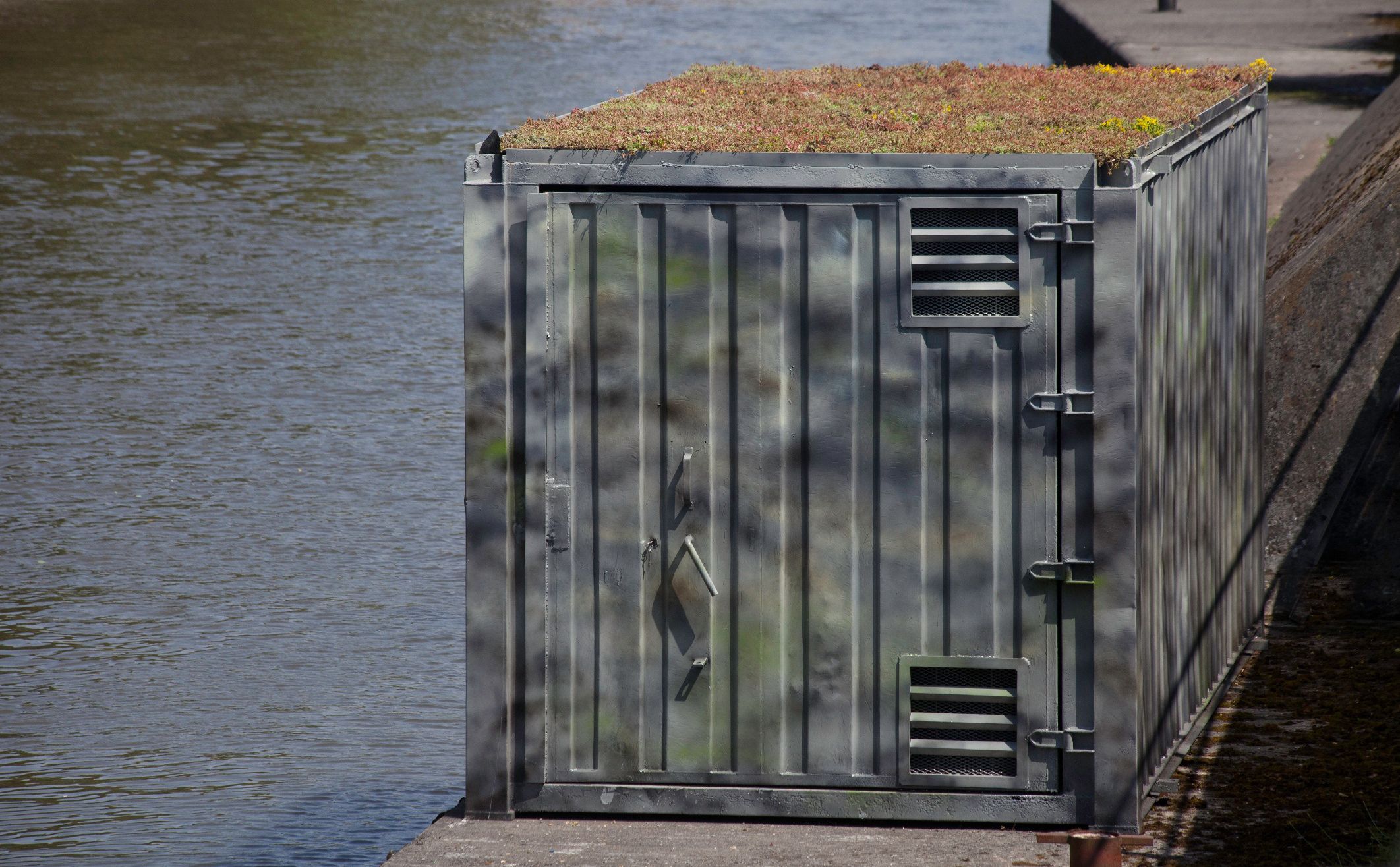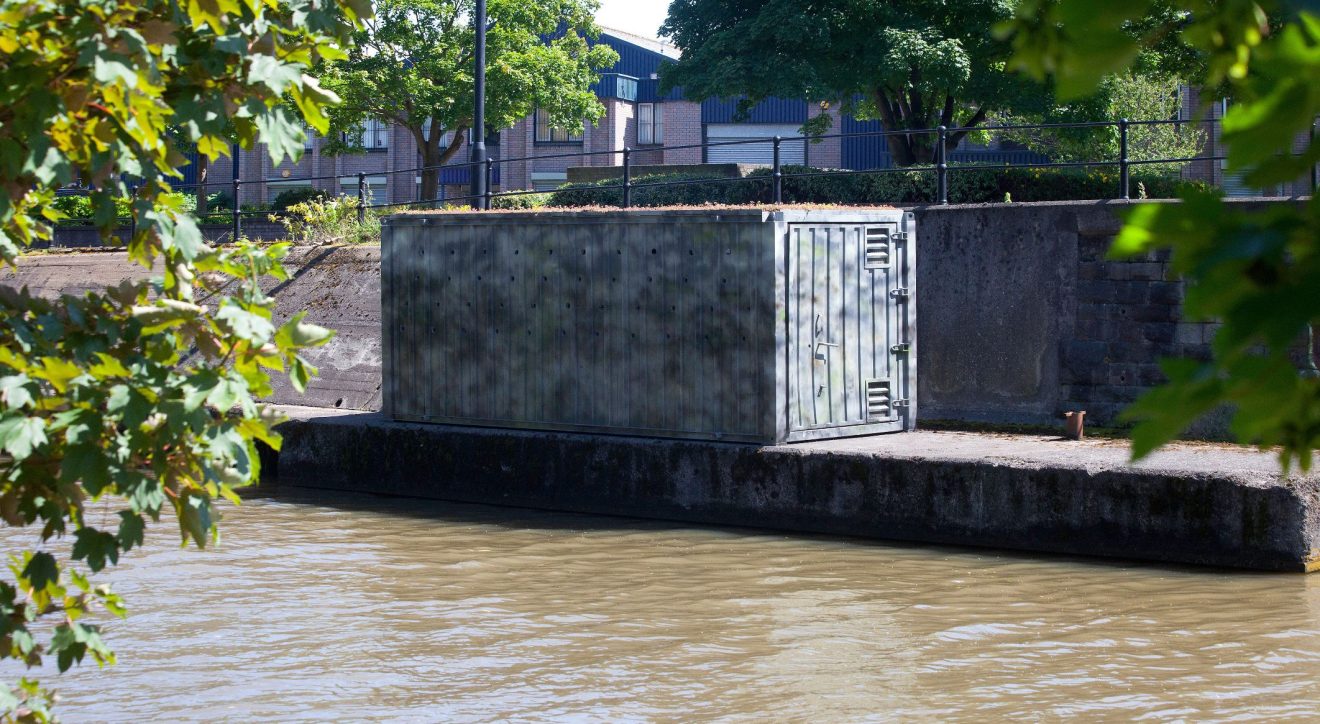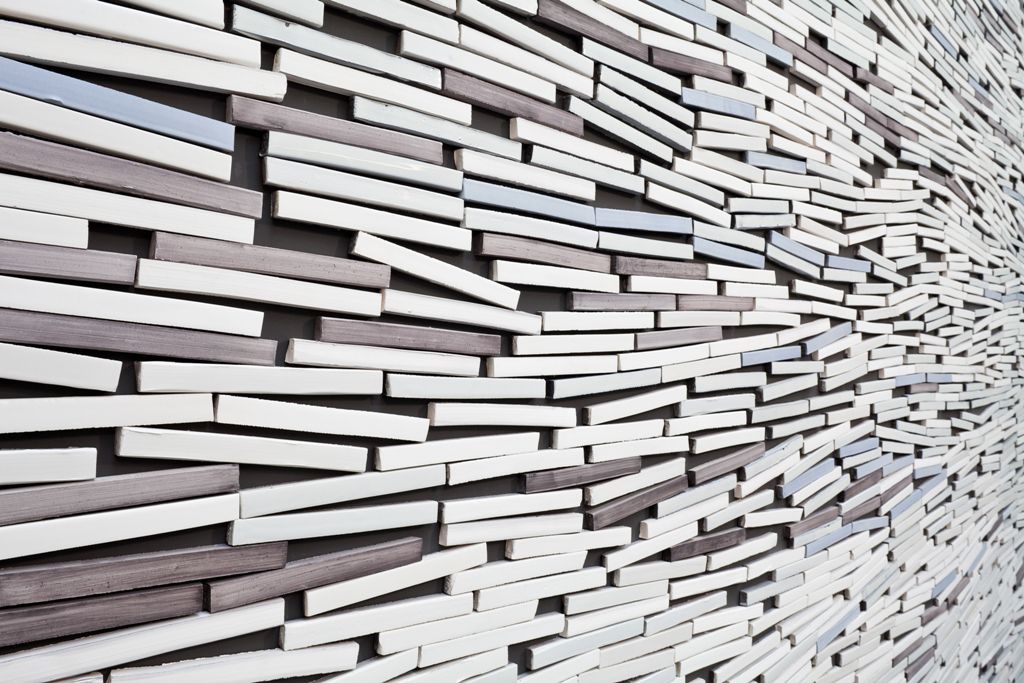
Synopsis
Acclaimed Danish artist Tue Greenfort began a new project in Bristol in September 2011. Greenfort’s work often deals with ideas of ecology, and often directly tackles our relationship with the natural world and how we use its resources. Greenfort is interested in an expanded notion of ecology, however, one that encompasses cultural history and sociopolitics as well as natural resources.


Greenfort’s preoccupation with biology and natural sciences stems less from environmental activism for its own sake, however, than from his interest in creating critical constructions that comment on contemporary human structures.
Towards this end, Greenfort’s projects often uses materials that derive from, and draw attention to, the immediate environment in which he is making a work, gently pushing viewers to a more reflexive understanding of the world around them and the way they relate to the systems of regulation and consumption they participate in.
Tue Greenfort’s project for Bristol is an investigation into how ecology can be used as a structure to explore the social and political structures within contemporary society. Greenfort worked with a specialist fabricator to create a roost – a nesting and breeding structure – for Sand Martins. This protected, migrating bird has made small incursions into the outer areas of Bristol to roost in areas that are not its natural habitat.
The roost is a fully functional home in which Sand Martins can nest and breed. The roost was built in a site on Bristol’s feeder canal, an overlooked area located between a large area of social housing and a light industrial area, and where Sand Martins have previous but sporadically made a makeshift roost.
In his work Tue Greenfort is interested in using idea around ecology to comment on how bureaucratic structures in society attempt to preserve the activities of certain species and that this develops into legally enforceable structures. These legal structures often conspire to disallow certain forms of activity, modes of living or social behaviour.
Greenfort’s project formed part of Visiting Arts 1mile2 programme. The project engaged local residents within 1 square mile of the Sand Martin roost in discussions with the artist and ecologists and these discussions were as much an outcome of the project as the physical structures. Greenfort sees these discussions as essential to activating local people to question the legal, administrative and social structures that conspire to regulate the way we live our lives in contemporary society and to question notions of individual, collective and governmental responsibilities.
The Feeder Canal Sand Martin Colony was launched in Summer 2012.
Tue Greenfort’s project has been made possible with funding from Barratt Homes, through Bristol City Council’s Public Art Strategy and from Visiting Arts.



Based in Frome, Somerset, Foreground brings new art to new audiences across the South West of England. We deliver an ambitious program that spans commissioning new temporary and permanent artworks in the diverse social and physical structures of communities, consultancy and development projects that explore the connectivity between the critical, social and economic aspects of contemporary art.
1mile2 is a Visiting Arts programme established to inspire communities to explore the cultural and ecological diversity of their neighbourhoods through artistic engagement. Artists and ecologists collaborate and lead activity that enables vital dialogue and knowledge sharing within and between cultural and geographic communities.
Launched in 2009, the programme has so far involved 42 artists, 18 ecologists, 14 creative organisations and reached over 13 500 people in 10 countries.
For more information on the programme see www.square-mile.net


